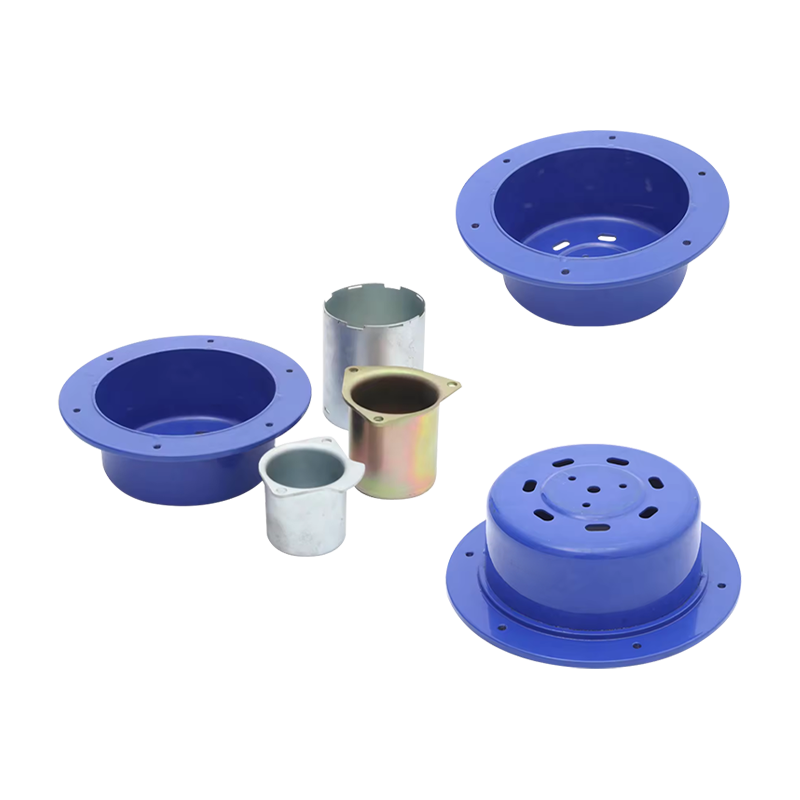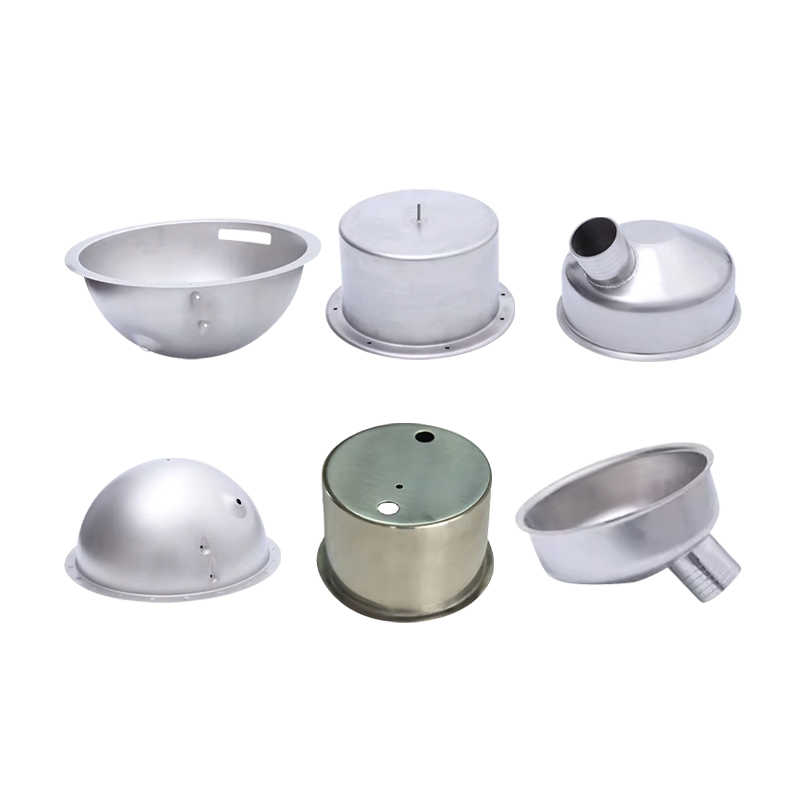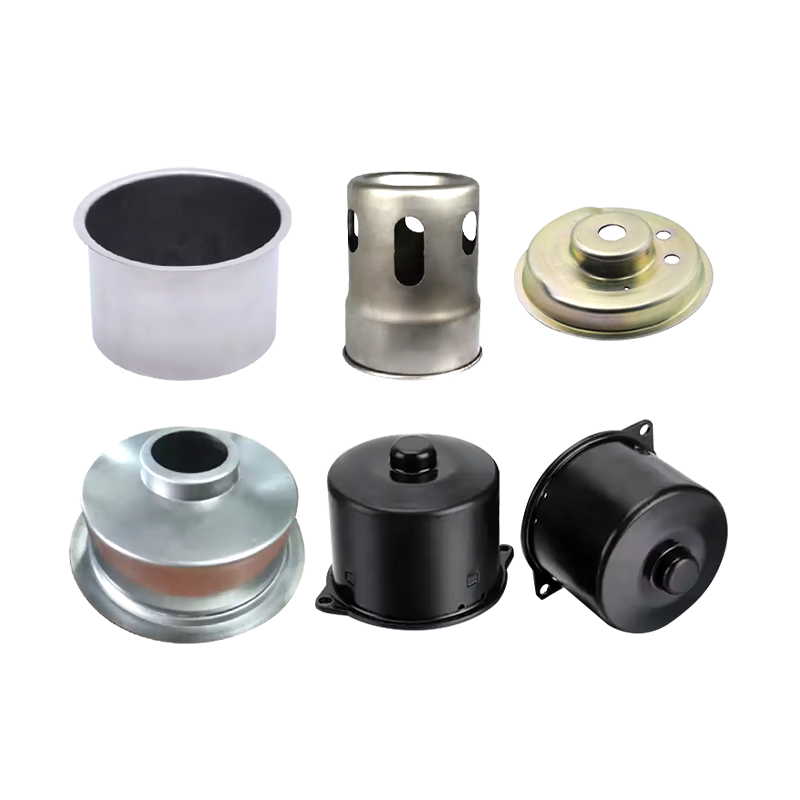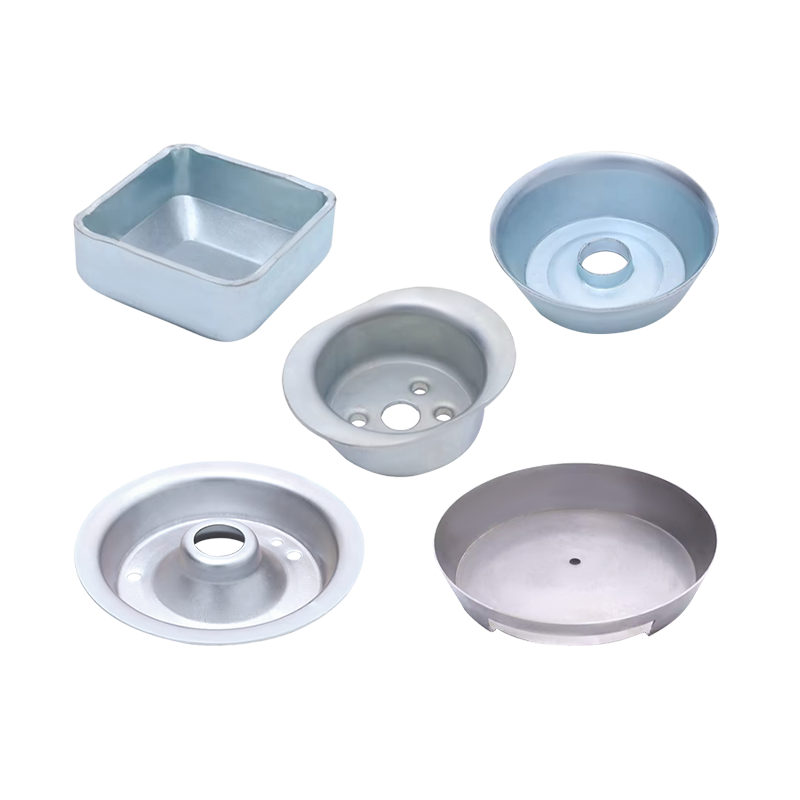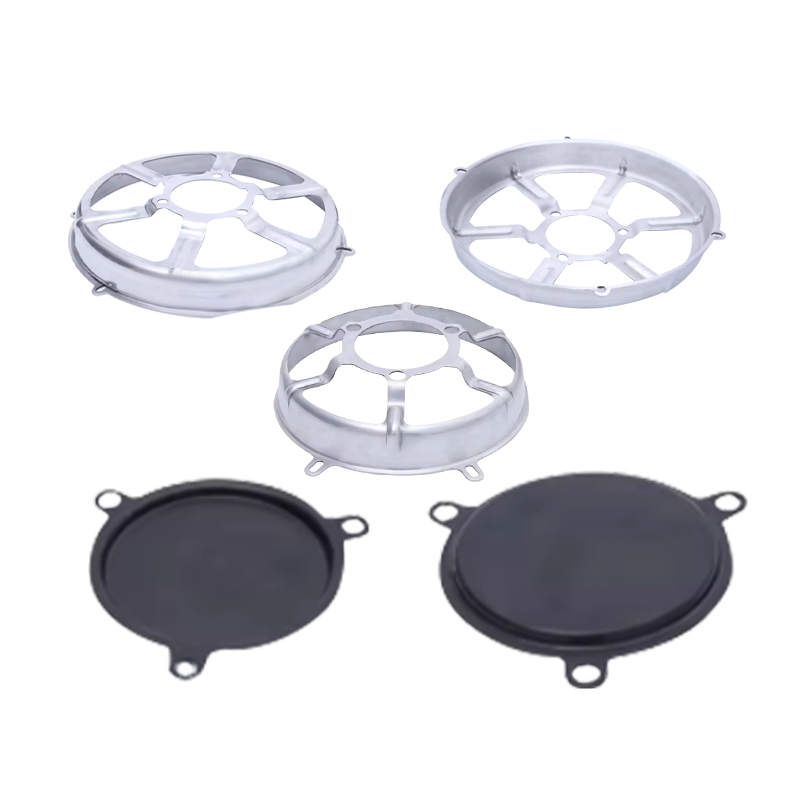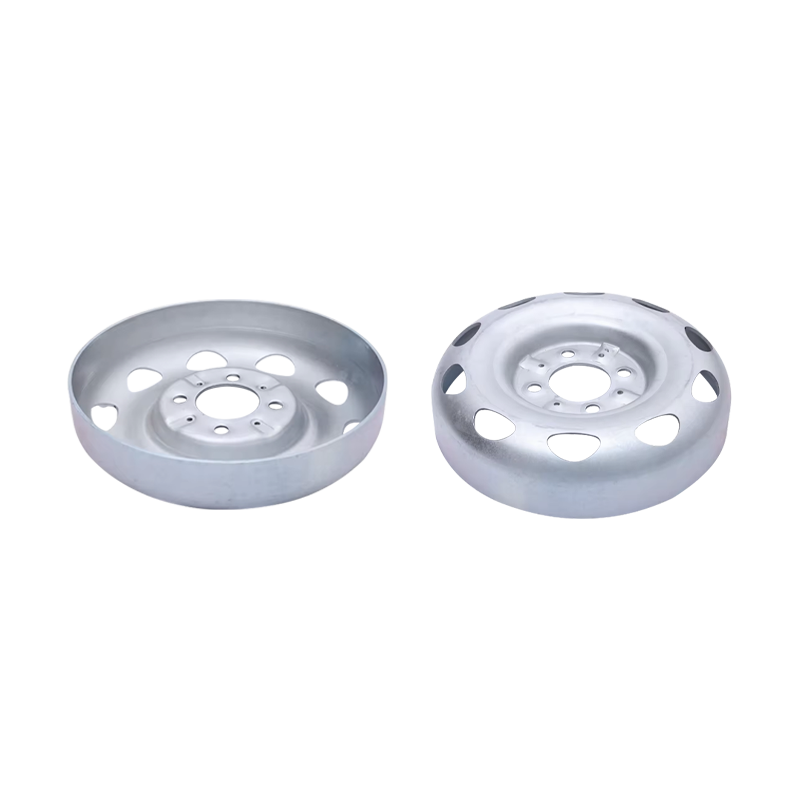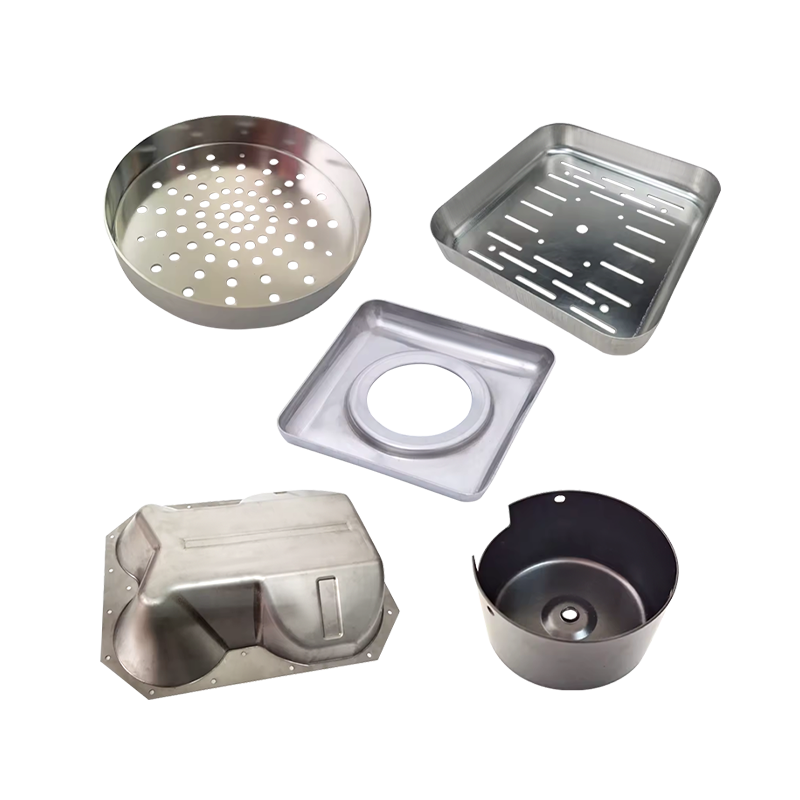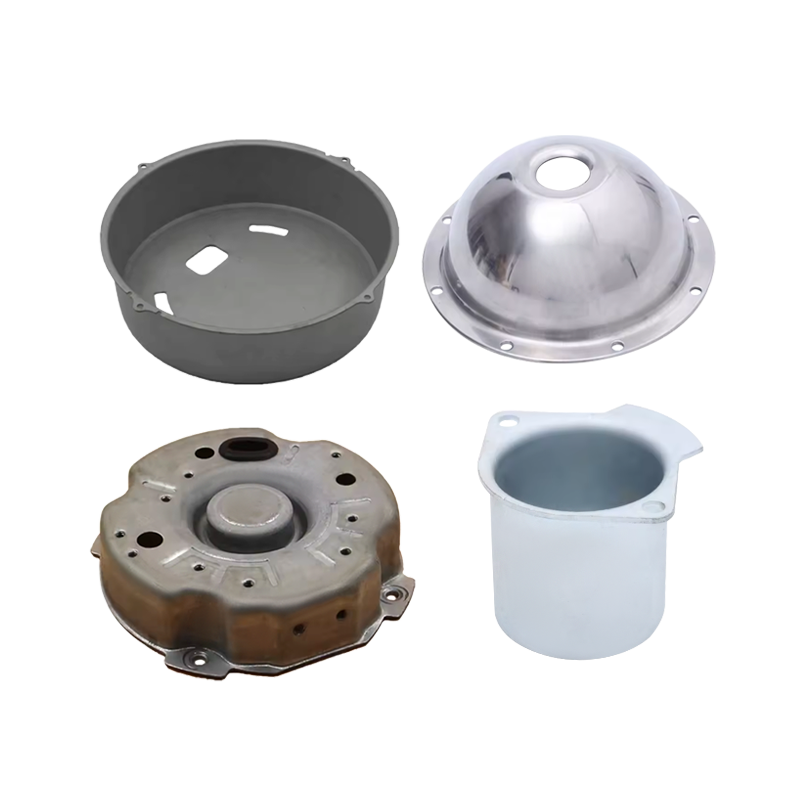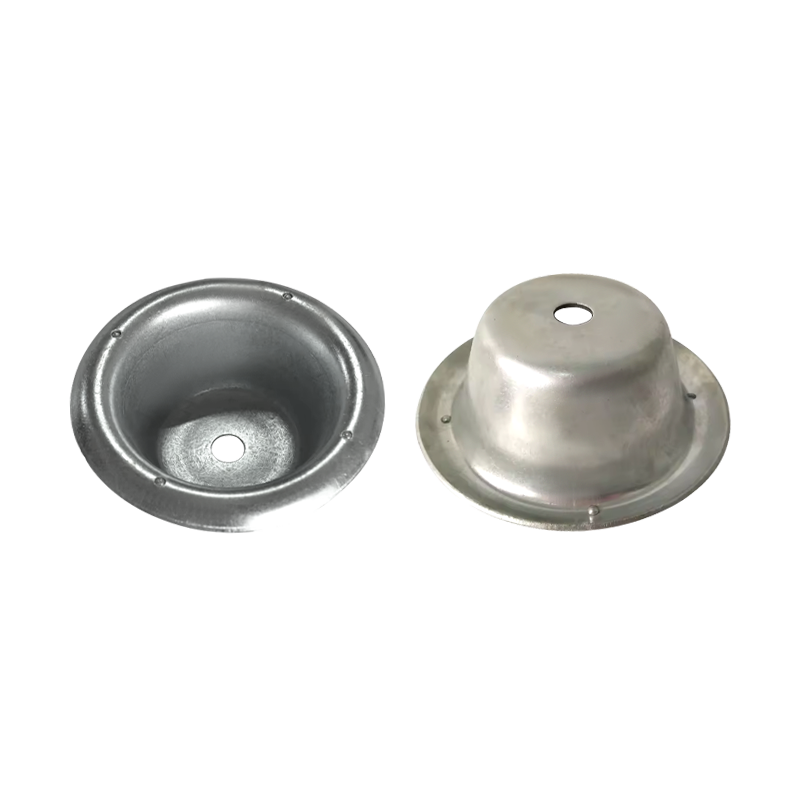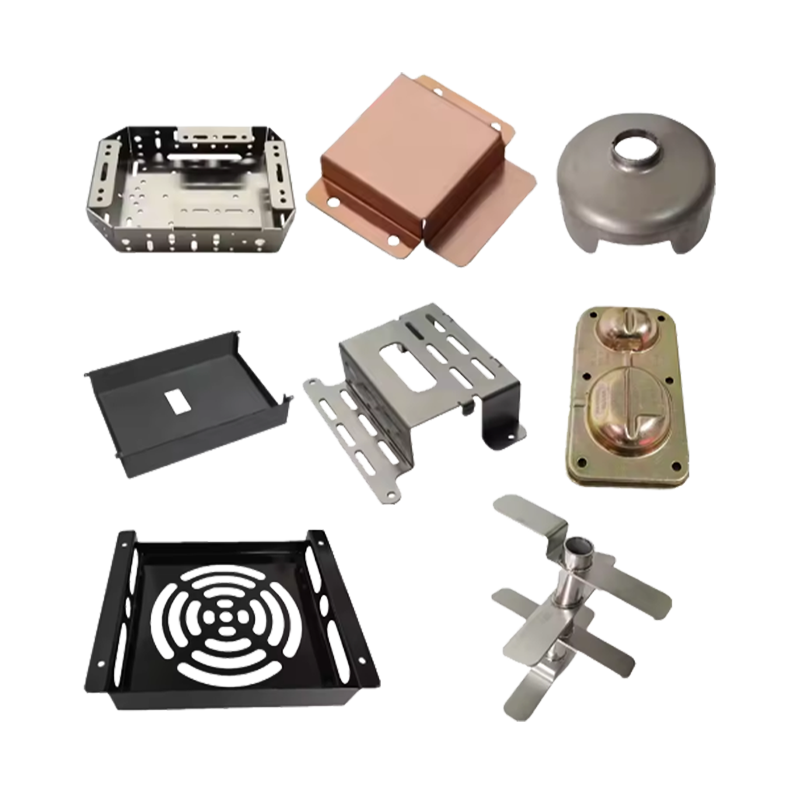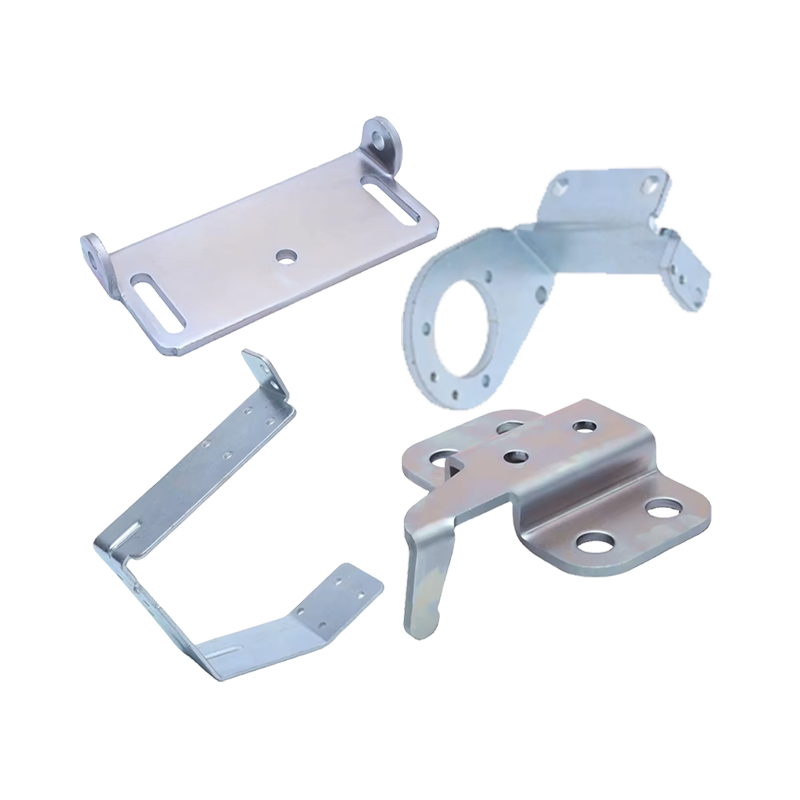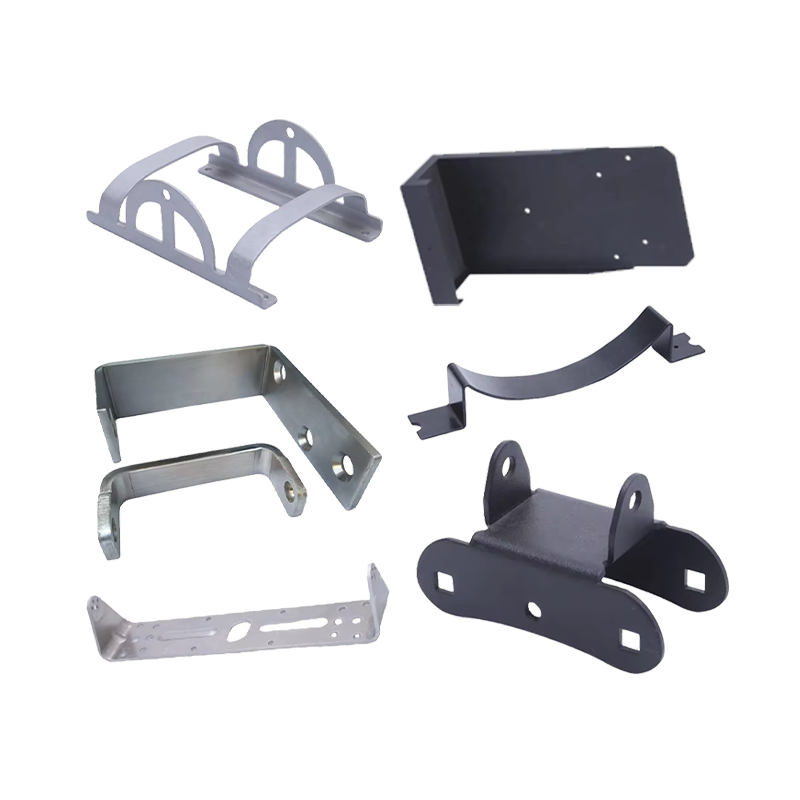Web Menu
Product Search
Exit Menu
News categories
RECENT POSTS
-
Pallet Feet: Plastic or Metal? How to Match Pallet Load Capacity to Avoid Damage?
Oct 31,2025 -
What Surface Preparation Is Needed Before Applying Powder Coated Steel Parts? Step-by-Step Guide
Oct 24,2025 -
Metal Animal Drinking Bowls: Are Plastic Bowls Prone to Breaking and Hiding Bacteria? Can Metal Versions Solve Livestock Water Hygiene Issues?
Oct 17,2025 -
How to Avoid Wrinkling and Cracking in Stainless Steel Deep Drawing Parts Production?
Oct 09,2025 -
What Materials Enhance the Durability of Stamping Parts?
Sep 29,2025
How does the design of metal pallet feet influence load distribution in stacking systems?
In industrial storage environments, stacking racks play a vital role in maximizing space efficiency, improving organization, and ensuring the safe handling of goods. A crucial yet often overlooked component of these systems is the Metal Pallet Feet for Stacking Racks. These small but essential fittings are responsible for maintaining structural stability, facilitating secure stacking, and evenly distributing weight throughout the entire storage setup. The way these pallet feet are designed has a significant impact on how loads are distributed and supported, directly affecting the safety and efficiency of warehouse operations.
The primary purpose of Metal Pallet Feet for Stacking Racks is to serve as the foundation points between individual racks or pallets when they are stacked vertically. Their design determines how the weight from the upper levels is transferred to the lower racks and ultimately to the warehouse floor. Well-designed pallet feet prevent concentrated stress points by dispersing the load evenly across multiple contact areas, reducing the risk of bending, rack deformation, or floor damage.
One of the key design aspects influencing load distribution is the shape of the metal pallet feet. Flat-bottomed feet, for example, offer broad surface contact with the rack below or the floor, which helps distribute weight more evenly, making them ideal for heavy-duty applications. Conversely, cupped or conical feet fit securely into corresponding recesses or sockets on the rack beneath them, ensuring precise vertical alignment and preventing lateral shifting. This locking mechanism not only stabilizes the stack but also ensures that the weight is transferred vertically in a controlled and balanced manner, protecting both the products and the racking infrastructure.
Another critical factor is the material thickness and structural reinforcement within the pallet feet. Heavier gauge metal or reinforced designs allow the feet to withstand greater loads without distortion. In high-capacity stacking systems, thicker, welded, or gusseted feet help manage the pressure exerted by multiple stacked units, maintaining their shape and function over prolonged use. The consistency of the material ensures that all contact points share the load equally, which is essential for preserving rack alignment and minimizing wear over time.
The surface finish and corrosion resistance of the pallet feet also contribute to their performance in load distribution. Galvanized or powder-coated finishes protect the metal from rust and degradation, especially in humid or outdoor storage environments. Corroded or weakened pallet feet can cause uneven weight distribution due to deformation or breakage, compromising the stability of the entire stacking system.
In modular or adjustable racking systems, Metal Pallet Feet for Stacking Racks may be designed to accommodate different types of loads by allowing easy interchangeability or adjustment. Some designs feature removable or replaceable feet with varying heights or load ratings, enabling operators to customize their stacking systems for specific product types, from lightweight cartons to bulky machinery parts.
Furthermore, the size and footprint of the pallet feet relative to the overall rack dimension affect how load forces travel through the structure. Larger feet distribute weight over a wider area, reducing floor pressure and preventing concentrated stress points that could damage warehouse flooring. In seismic or dynamic load environments, broader and more stable pallet feet designs help absorb shock and vibration, providing added safety.
How do metal pallet feet compare in cost-effectiveness over time with other types of pallet feet?
What Are the Advantages of Using 304 Stainless Steel for Pig Drinking Bowls in Livestock Farming?
related products
Whether you want to become our partner or need our professional guidance or support in product selections and problem solutions, our experts are always ready to help within 12 hours globally
contact UsPhone:+86 139-5824-9488
FAX :+86 574-86150176
E-mail: [email protected] [email protected]
Address: Unit 2, Building 19, Zhichuangzhizao Park, Chengdong Industrial Zone, Xiangshan, Ningbo,315705, Zhejiang, China

 English
English 中文简体
中文简体 Español
Español